Home>Gardening & Outdoor>Plant Care & Gardening Tips>Why Are My Potted Mums Not Blooming
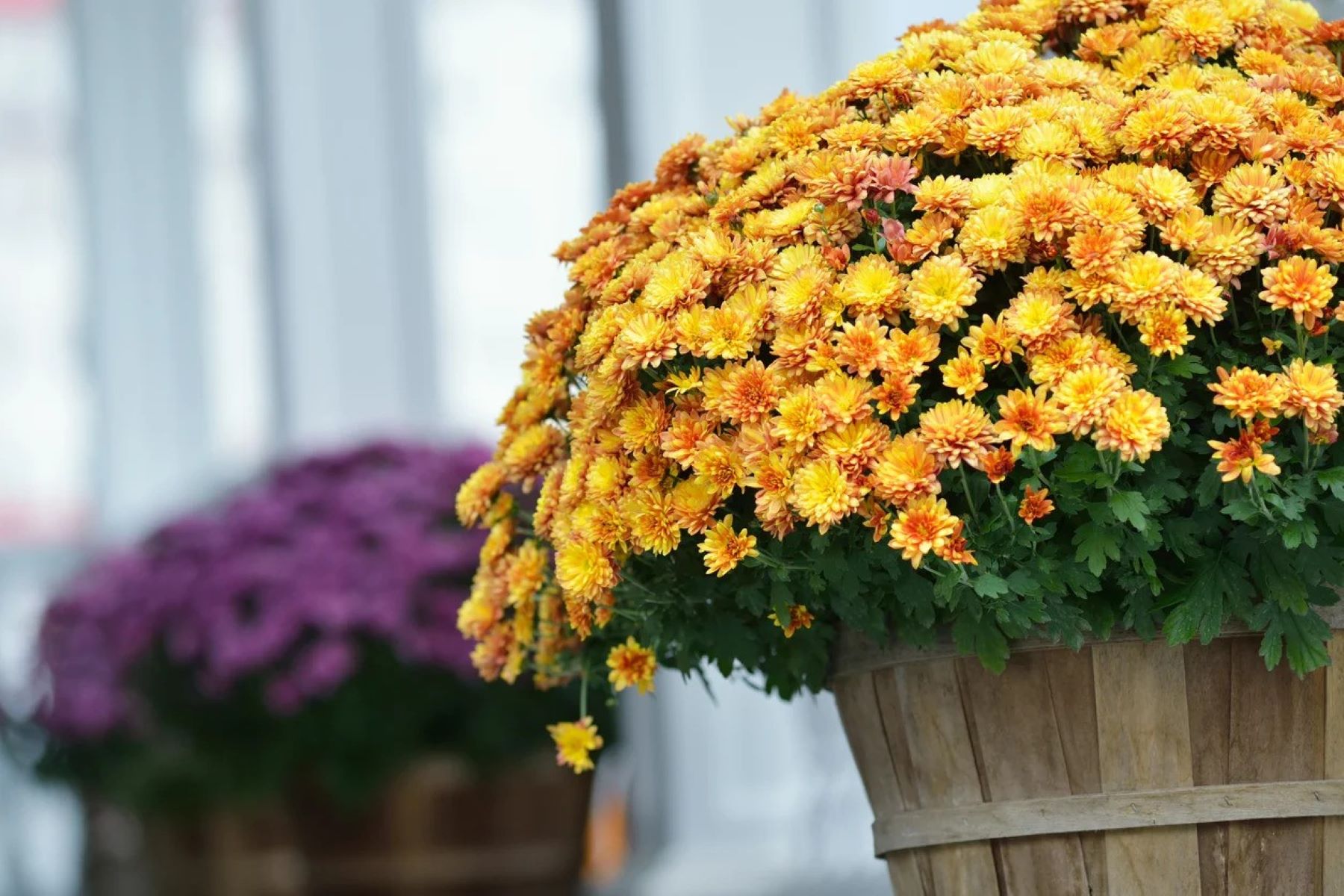

Plant Care & Gardening Tips
Why Are My Potted Mums Not Blooming
Modified: August 17, 2024
Discover expert plant care and gardening tips to help your potted mums bloom beautifully. Learn how to troubleshoot and encourage healthy growth.
(Many of the links in this article redirect to a specific reviewed product. Your purchase of these products through affiliate links helps to generate commission for Storables.com, at no extra cost. Learn more)
Introduction
Potted mums, also known as chrysanthemums, are cherished for their vibrant and abundant blooms, making them a popular choice for adding a burst of color to gardens, patios, and indoor spaces. However, it can be disheartening when these beloved plants fail to produce the expected profusion of blossoms. Understanding the reasons behind the lack of blooming in potted mums is crucial for nurturing these plants to their full potential.
When potted mums don't bloom as expected, it can be attributed to various factors, including environmental conditions, care practices, and the plant's inherent characteristics. By delving into the underlying causes and implementing targeted solutions, it's possible to encourage these delightful flowers to flourish and brighten up their surroundings.
In this comprehensive guide, we will explore the common reasons why potted mums may not be blooming as anticipated and provide practical solutions to help these plants thrive. Whether you're a seasoned gardener or a novice plant enthusiast, understanding the intricacies of nurturing potted mums to encourage abundant blossoms can elevate your gardening experience. Let's embark on a journey to unravel the secrets of coaxing these charming flowers into a spectacular display of color and beauty.
Key Takeaways:
- Nurture potted mums with 6+ hours of sunlight, proper pruning, and spacious containers to encourage vibrant blooms and add a burst of color to your space.
- Help potted mums thrive by providing consistent watering, nutrient-rich soil, and a chilling period, creating a visually stunning display of floral beauty.
Read more: Why Are My Mums Wilting
Understanding Potted Mums
Potted mums, scientifically known as chrysanthemums, are renowned for their stunning and diverse array of colors, shapes, and sizes. These versatile plants are favored for their ability to thrive in containers, making them a popular choice for adorning porches, balconies, and indoor spaces. Understanding the unique characteristics and growth requirements of potted mums is essential for fostering their optimal development and encouraging prolific blooming.
Versatility and Diversity
Potted mums exhibit remarkable diversity, with a wide spectrum of hues ranging from vibrant reds, oranges, and yellows to soft pastels and elegant whites. Their blooms come in various forms, including daisy-like, pompon, and decorative shapes, adding a captivating visual appeal to any setting. This versatility allows gardeners to select potted mums that complement their aesthetic preferences and existing garden themes, making them a valuable addition to any horticultural collection.
Growth Habit and Seasonal Blooms
Understanding the growth habit of potted mums is crucial for providing appropriate care. These plants typically feature a bushy, compact growth habit, making them well-suited for container cultivation. Potted mums are renowned for their late-season blooms, often flowering in the fall when many other plants have completed their blooming cycle. This unique blooming period adds a delightful burst of color to outdoor spaces, serving as a vibrant harbinger of the autumn season.
Light and Temperature Requirements
Potted mums thrive in locations that receive ample sunlight, preferably at least six hours of direct sunlight per day. Adequate sunlight is essential for stimulating robust growth and abundant blooming. Additionally, these plants prefer cooler temperatures, making them well-suited for fall displays. While potted mums can tolerate mild frost, it's important to protect them from harsh freezing conditions to prevent damage to the delicate blooms and foliage.
Read more: When Do Mums Bloom In Michigan
Soil and Watering Needs
Well-draining, nutrient-rich soil is paramount for the successful cultivation of potted mums. A loamy, well-aerated potting mix provides an ideal growing medium, promoting healthy root development and overall plant vigor. When it comes to watering, maintaining consistent soil moisture is crucial, as potted mums are sensitive to both drought and waterlogged conditions. Striking a balance by allowing the soil to partially dry out between waterings helps prevent root rot and ensures the plants receive adequate hydration.
By gaining a deeper understanding of the unique attributes and growth requirements of potted mums, gardeners can cultivate these charming plants with confidence, setting the stage for a spectacular display of blooms. With this knowledge as a foundation, we can now explore the common reasons behind the lack of blooming in potted mums and discover effective solutions to encourage their floral abundance.
Common Reasons for Lack of Blooming
-
Inadequate Sunlight: Insufficient exposure to sunlight can impede the blooming of potted mums. These plants thrive in full sun, requiring a minimum of six hours of direct sunlight daily to stimulate robust flower production. When grown in shaded or partially shaded areas, potted mums may allocate more energy to foliage growth at the expense of blooming, resulting in diminished floral displays.
-
Improper Pruning: Incorrect pruning practices can hinder blooming in potted mums. Pruning at the wrong time or excessive removal of flower buds can disrupt the plant's natural blooming cycle. It's essential to adhere to proper pruning guidelines, which involve removing spent blooms and shaping the plant in early summer while avoiding extensive pruning in late summer, as this can remove the developing flower buds.
-
Overcrowded Containers: Potted mums that are confined to overcrowded containers may struggle to bloom optimally. Limited root space can hinder the plant's ability to uptake nutrients and water, leading to reduced blooming capacity. Transferring potted mums to appropriately sized containers or thinning out overcrowded plantings can alleviate this issue and promote healthier blooming.
-
Nutrient Deficiency: Inadequate access to essential nutrients, particularly phosphorus, can hamper the blooming process in potted mums. Phosphorus plays a pivotal role in flower formation, and a deficiency can manifest as reduced blooming. Applying a balanced, phosphorus-rich fertilizer or amending the soil with organic matter can rectify this deficiency and encourage prolific blooming.
-
Inconsistent Watering: Fluctuations in soil moisture levels can adversely impact the blooming performance of potted mums. Overly dry or waterlogged conditions can stress the plants, leading to diminished flower production. Maintaining consistent soil moisture by watering the plants evenly and ensuring proper drainage is crucial for fostering healthy blooming.
-
Inadequate Chilling Period: Potted mums require a period of cool temperatures to initiate blooming. Insufficient exposure to cooler conditions, especially in the fall, can delay or inhibit the blooming process. Providing the plants with the requisite chilling period by situating them in a cool environment, such as an unheated garage or sheltered outdoor area, can facilitate the onset of blooming.
By addressing these common reasons for the lack of blooming in potted mums, gardeners can take proactive measures to optimize the growing conditions and encourage these charming plants to flourish with an abundance of vibrant blooms.
Solutions for Getting Potted Mums to Bloom
-
Optimizing Sunlight Exposure: Position potted mums in locations that receive ample sunlight, ensuring they are exposed to at least six hours of direct sunlight daily. If grown indoors, place the plants near south or west-facing windows to maximize sunlight exposure. Outdoor settings should provide unobstructed access to sunlight, promoting robust blooming.
-
Prudent Pruning Practices: Adhere to proper pruning guidelines by removing spent blooms and shaping the plant in early summer. Avoid extensive pruning in late summer to preserve developing flower buds. By following these practices, the plant's natural blooming cycle remains undisturbed, fostering abundant floral displays.
-
Container Management: Transfer overcrowded potted mums to appropriately sized containers, allowing ample root space for optimal nutrient uptake. Thinning out densely planted containers can also alleviate overcrowding, promoting healthier blooming and overall plant vigor.
-
Nutrient Enhancement: Address potential nutrient deficiencies by applying a balanced, phosphorus-rich fertilizer or incorporating organic matter into the soil. This supplementation provides the necessary nutrients for robust flower formation, encouraging the development of abundant blooms.
-
Consistent Watering Regimen: Maintain consistent soil moisture by watering the plants evenly, ensuring the soil does not become excessively dry or waterlogged. Implementing a regular watering schedule and monitoring soil moisture levels promotes healthy blooming and minimizes stress on the plants.
-
Chilling Period Facilitation: If potted mums are grown in regions with mild fall temperatures, provide the plants with a chilling period by situating them in a cool environment, such as an unheated garage or sheltered outdoor area. This facilitates the initiation of blooming, ensuring the plants undergo the necessary chilling process for prolific flower production.
By implementing these targeted solutions, gardeners can effectively address the factors inhibiting blooming in potted mums, creating an environment conducive to robust floral displays. With careful attention to sunlight exposure, pruning practices, container management, nutrient enhancement, watering consistency, and chilling period facilitation, potted mums can be nurtured to bloom abundantly, showcasing their vibrant colors and enhancing the visual allure of any space.
Conclusion
In conclusion, the journey of nurturing potted mums to achieve prolific blooming encompasses a deep understanding of their unique characteristics, growth requirements, and the factors that can impede their blooming potential. By delving into the intricacies of potted mum care and addressing common challenges, gardeners can cultivate these charming plants to flourish with an abundance of vibrant blooms.
The versatility and diversity of potted mums, showcased through their captivating array of colors and bloom forms, make them a valuable addition to any garden or indoor space. Their late-season blooms serve as a delightful herald of the autumn season, infusing outdoor settings with a burst of color and visual allure. Understanding the growth habits, light and temperature preferences, as well as the soil and watering needs of potted mums, provides a solid foundation for fostering their optimal development.
Identifying the common reasons for the lack of blooming in potted mums, such as inadequate sunlight, improper pruning, overcrowded containers, nutrient deficiencies, inconsistent watering, and inadequate chilling periods, empowers gardeners to take proactive measures to address these challenges. By optimizing sunlight exposure, adhering to prudent pruning practices, managing container space, enhancing nutrient levels, maintaining consistent watering, and facilitating the chilling period, potted mums can be nurtured to bloom abundantly, creating a visually stunning display of floral beauty.
As gardeners embark on the journey of coaxing potted mums into prolific blooming, they are rewarded with the joy of witnessing these charming plants thrive and flourish. The process of nurturing potted mums to their full blooming potential not only enhances the visual appeal of outdoor and indoor spaces but also fosters a deeper connection with nature and the rewarding experience of tending to living plants.
In essence, the journey of nurturing potted mums to bloom abundantly is a testament to the artistry of gardening and the resilience of nature. By embracing the intricacies of plant care, understanding the unique needs of potted mums, and implementing targeted solutions to overcome blooming challenges, gardeners can create a vibrant tapestry of color and beauty, elevating their horticultural endeavors to new heights. With patience, knowledge, and a nurturing touch, the delightful blooms of potted mums can grace our surroundings, enriching our lives with their natural splendor.
Frequently Asked Questions about Why Are My Potted Mums Not Blooming
Was this page helpful?
At Storables.com, we guarantee accurate and reliable information. Our content, validated by Expert Board Contributors, is crafted following stringent Editorial Policies. We're committed to providing you with well-researched, expert-backed insights for all your informational needs.
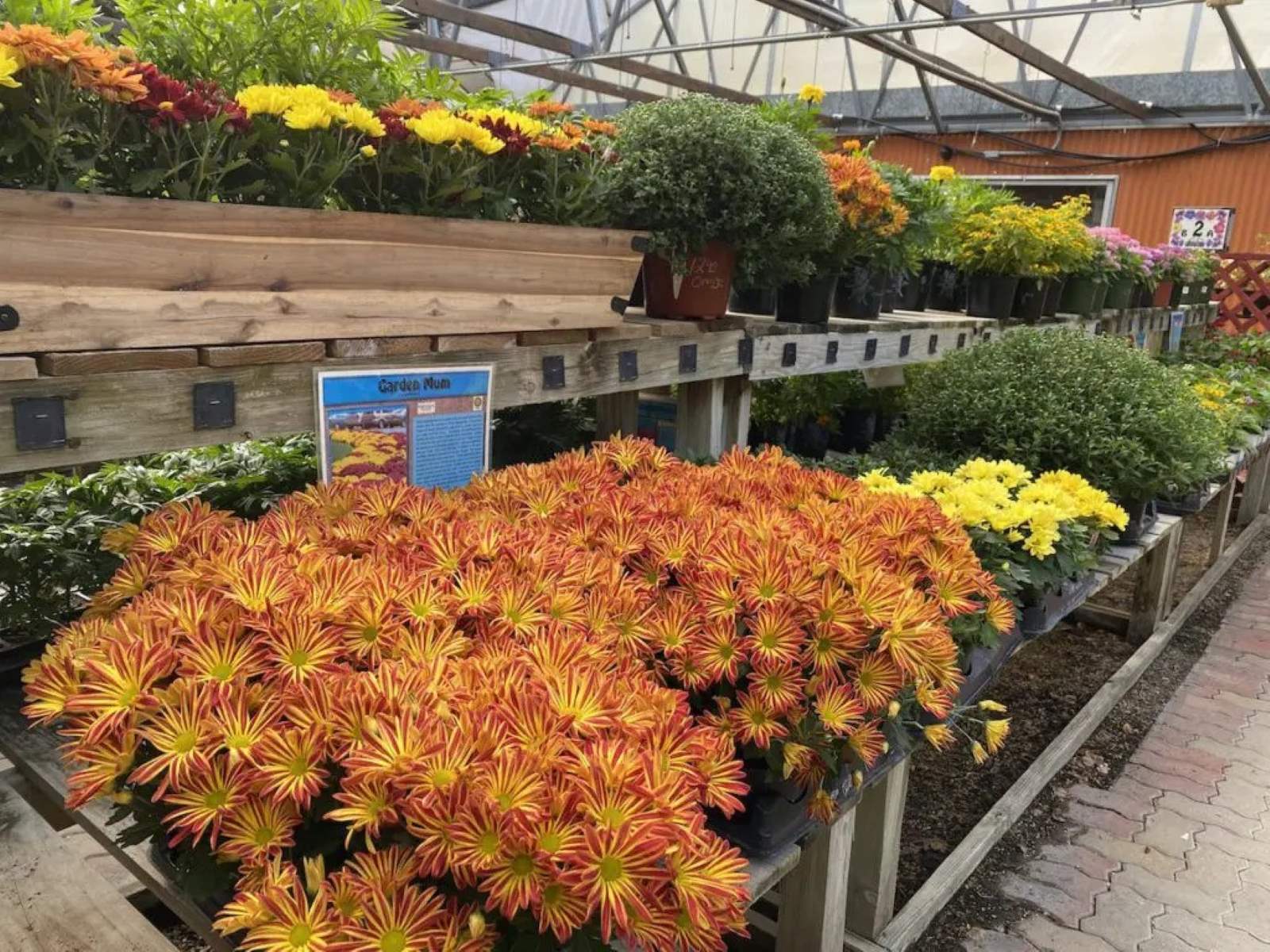

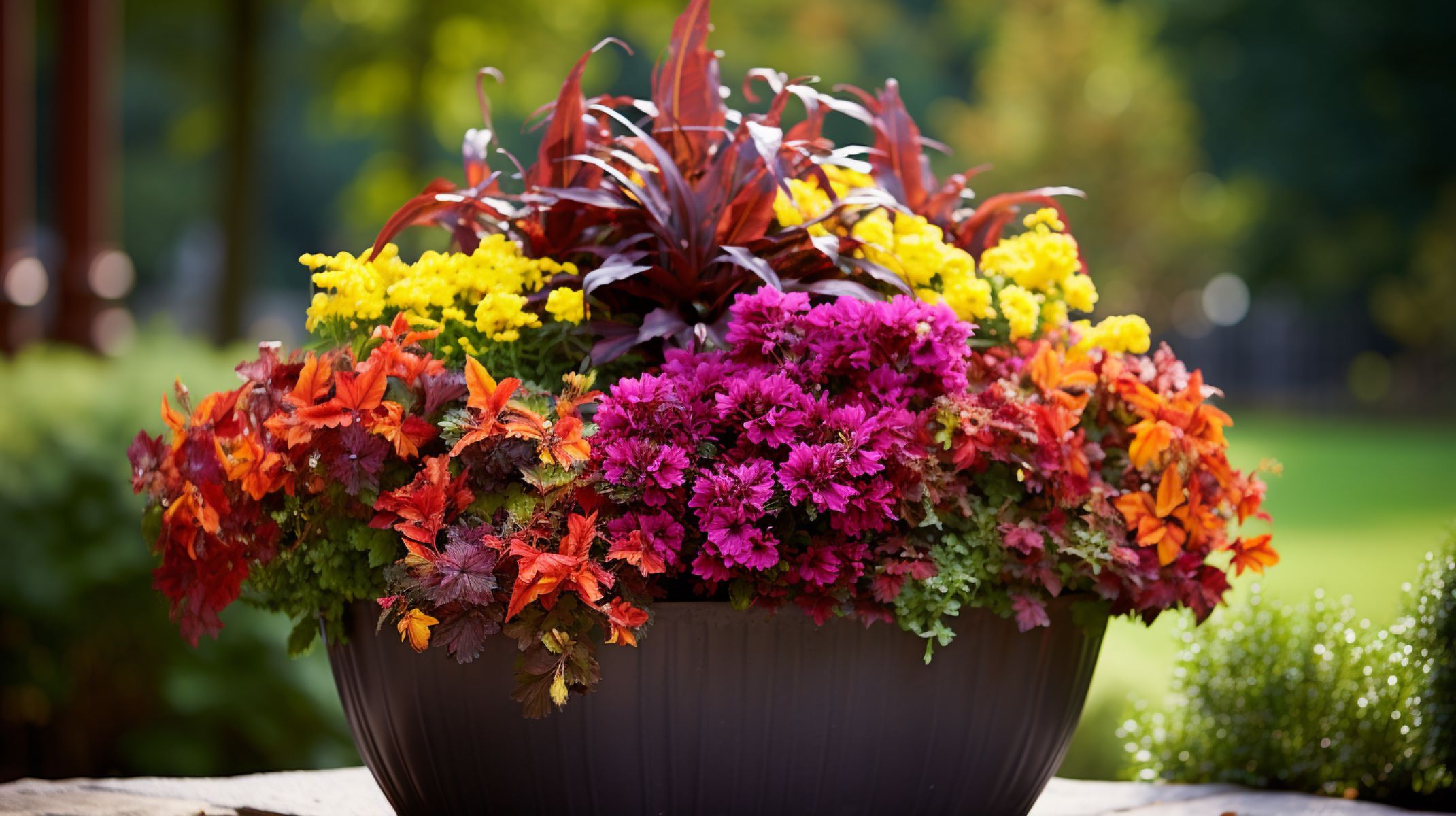

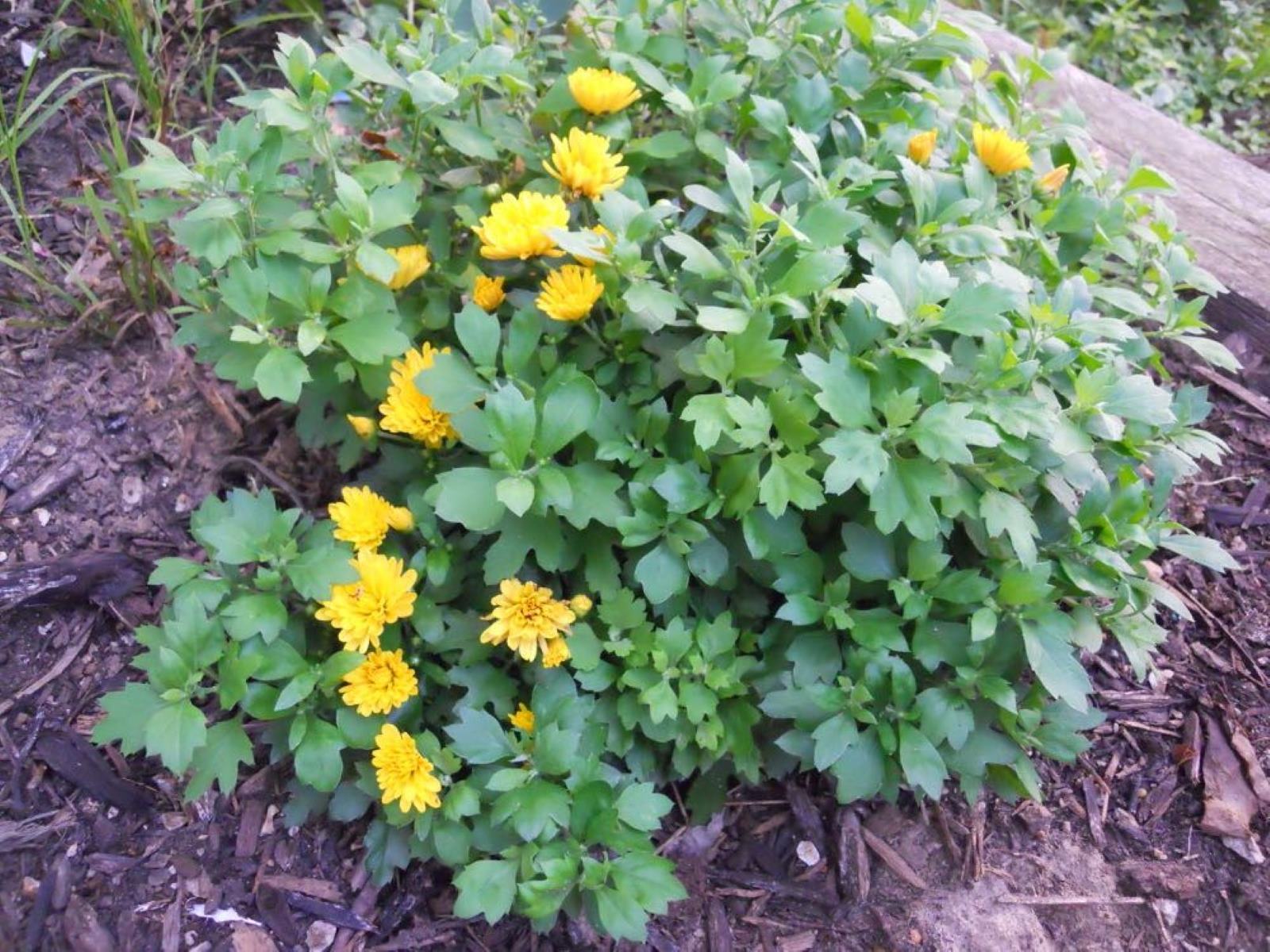
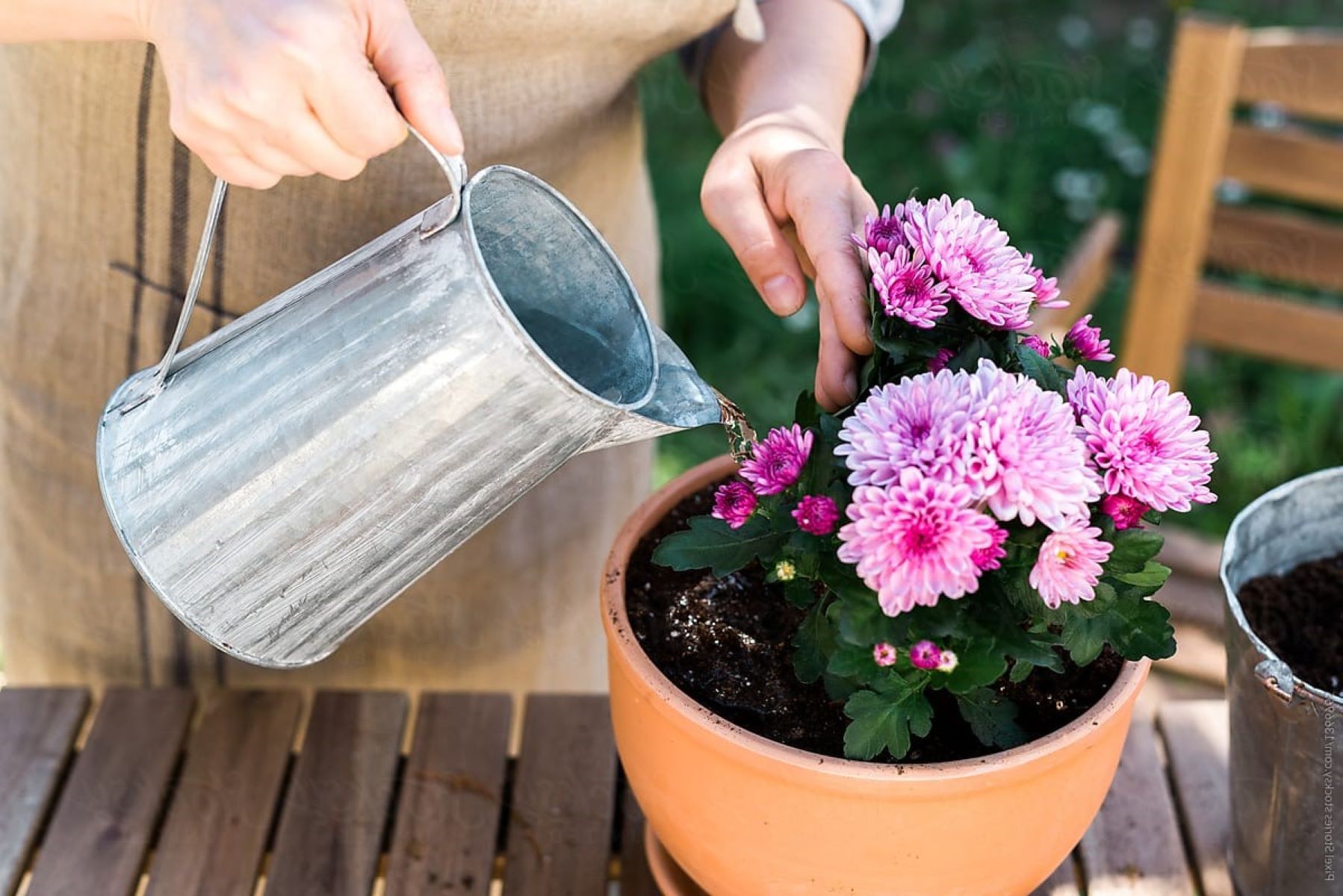
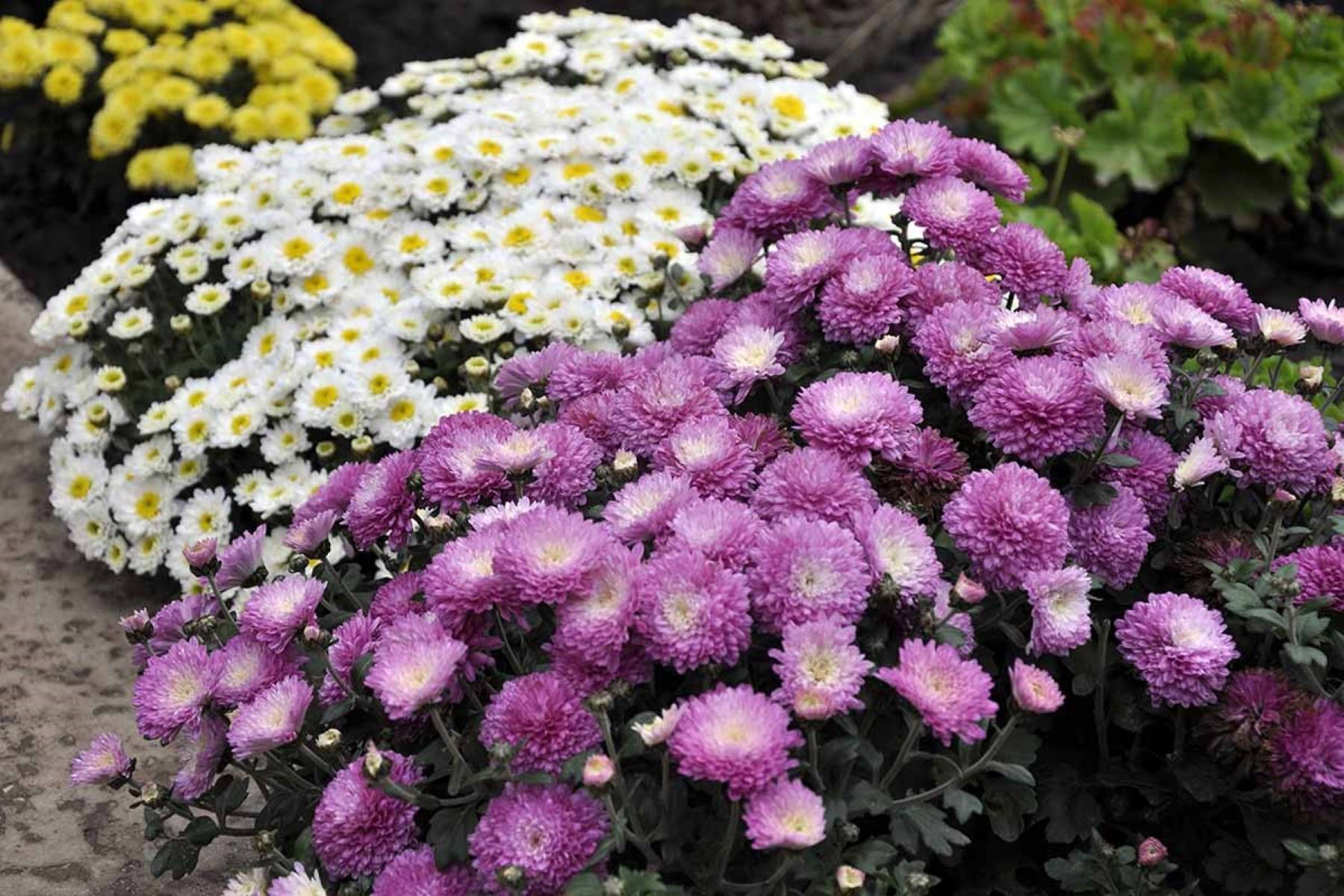
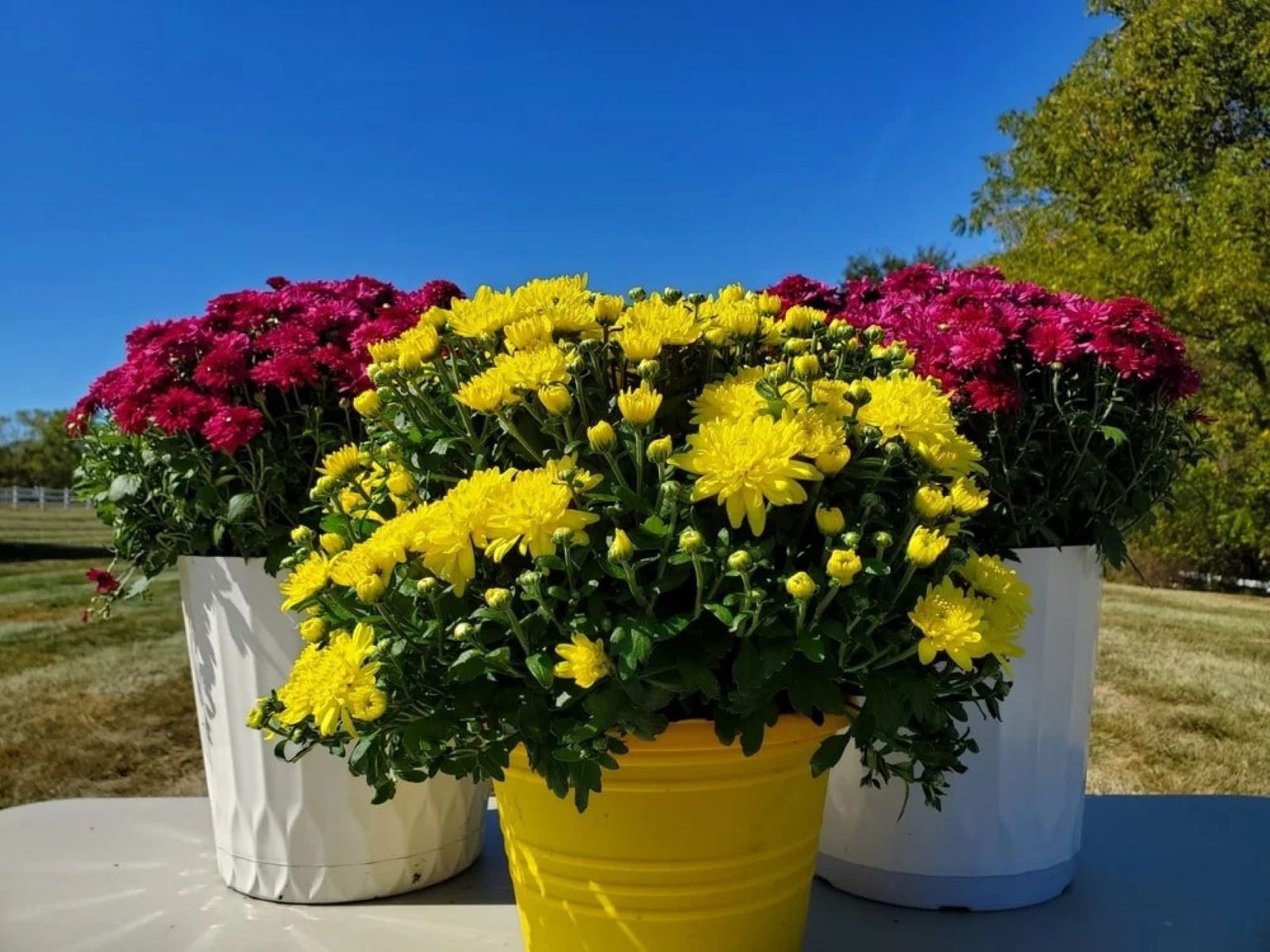
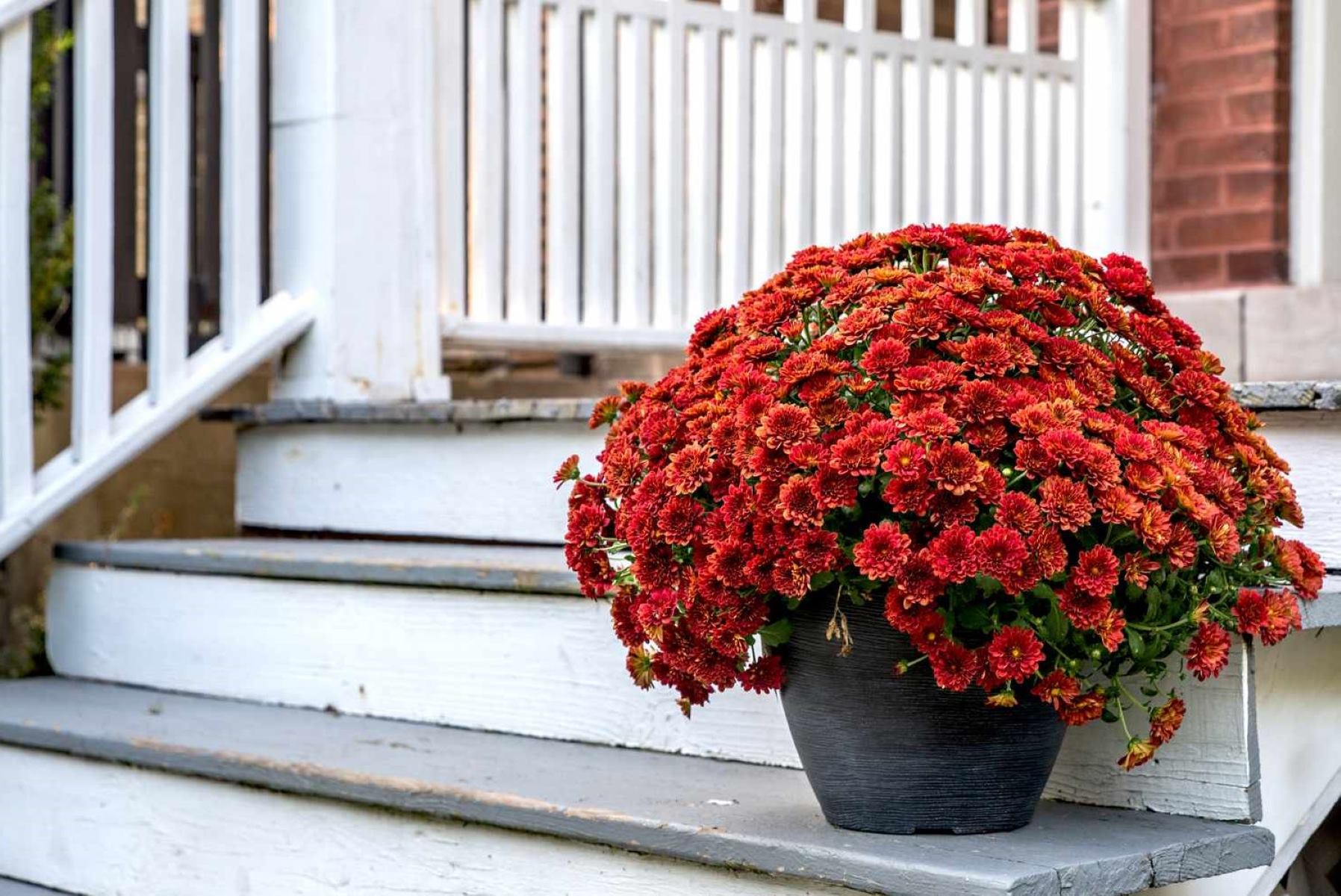
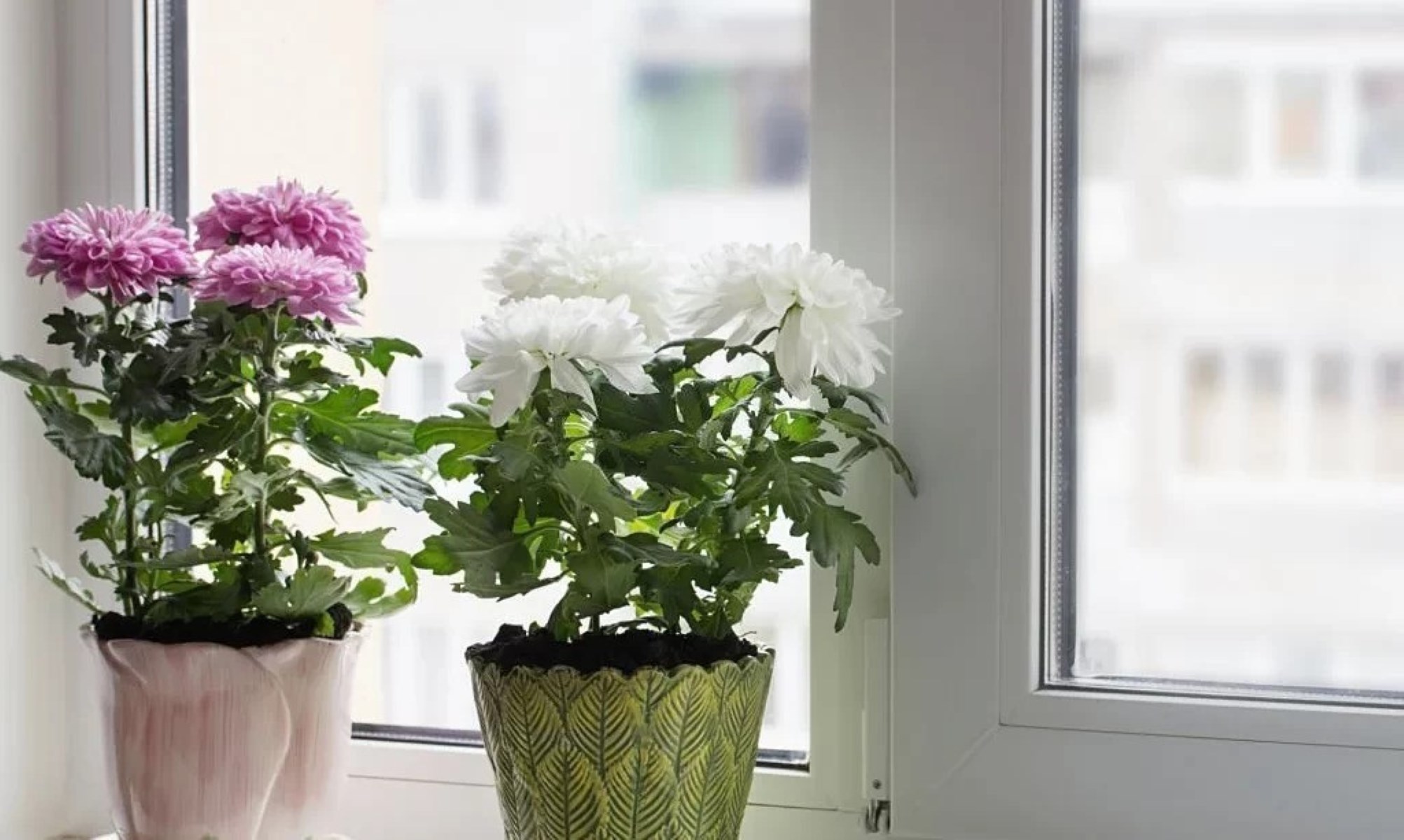
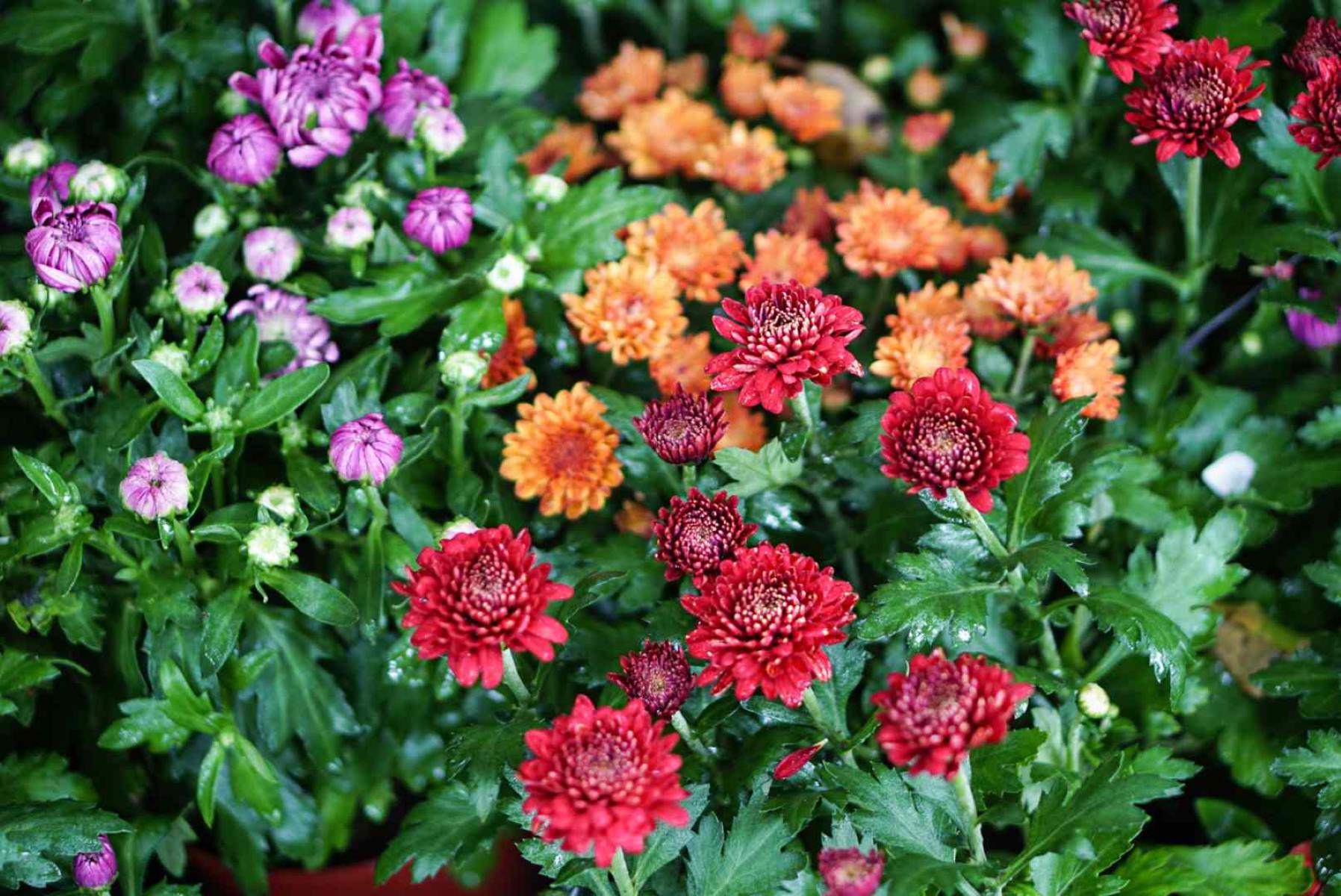
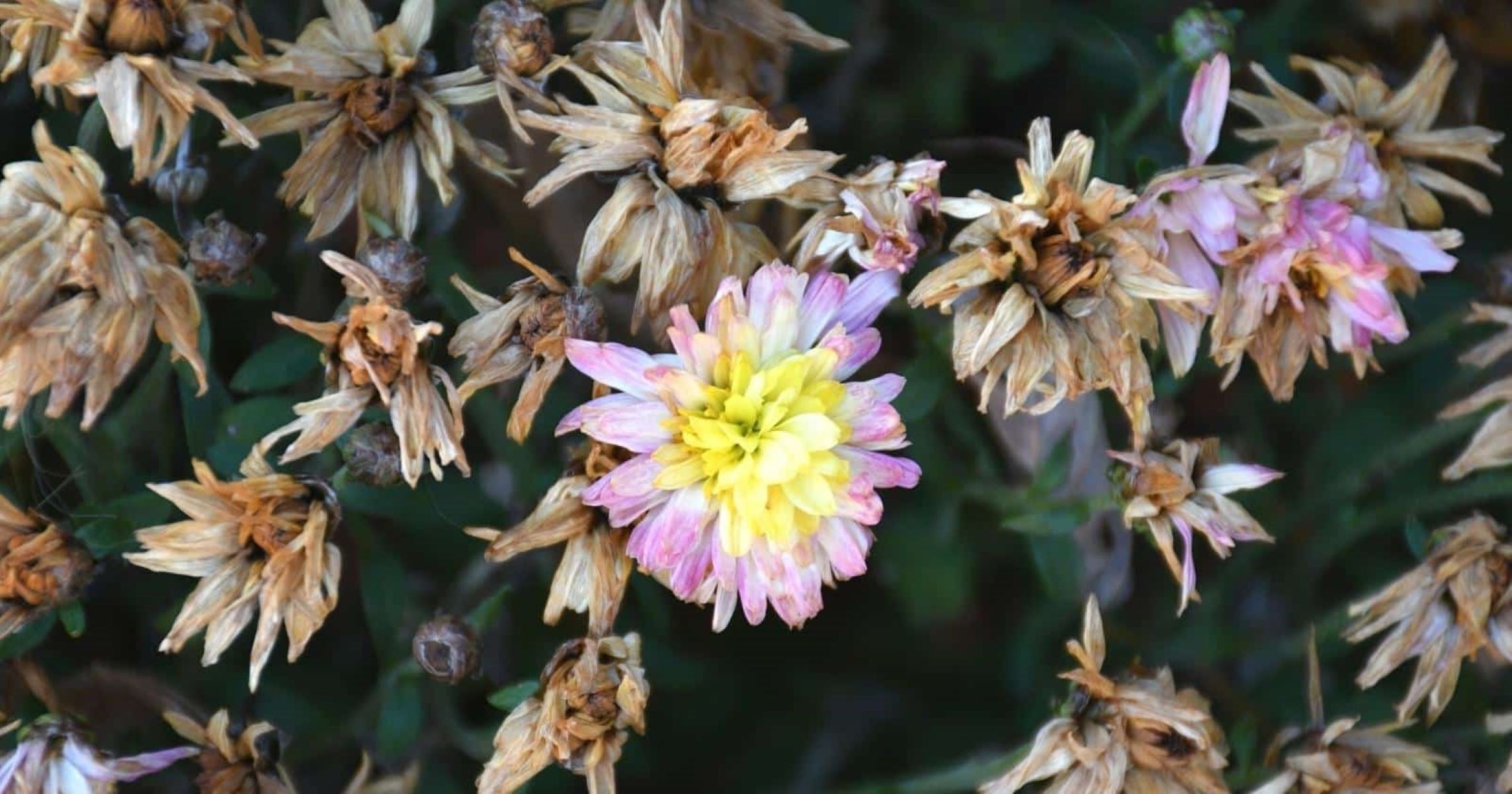

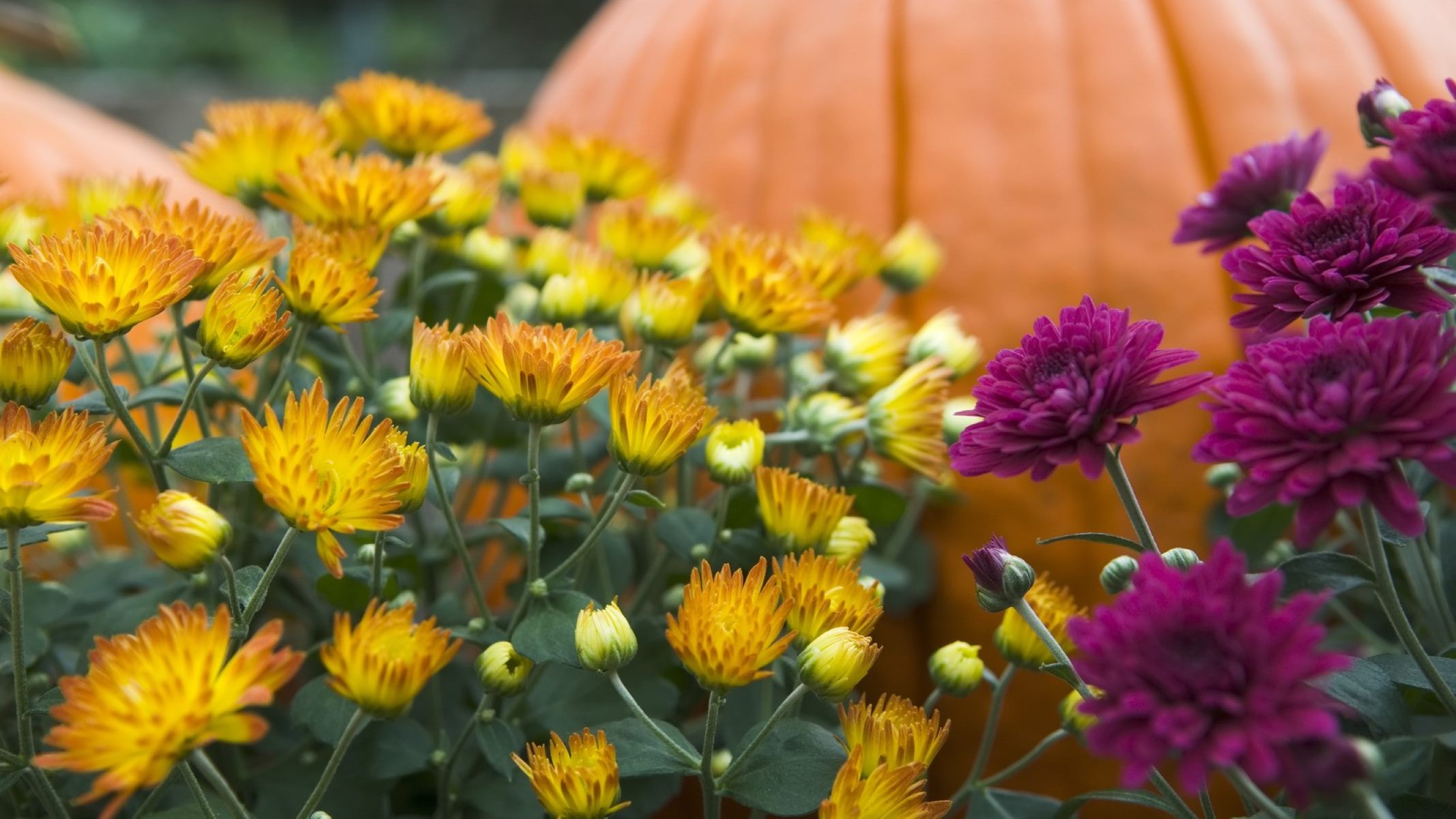

0 thoughts on “Why Are My Potted Mums Not Blooming”